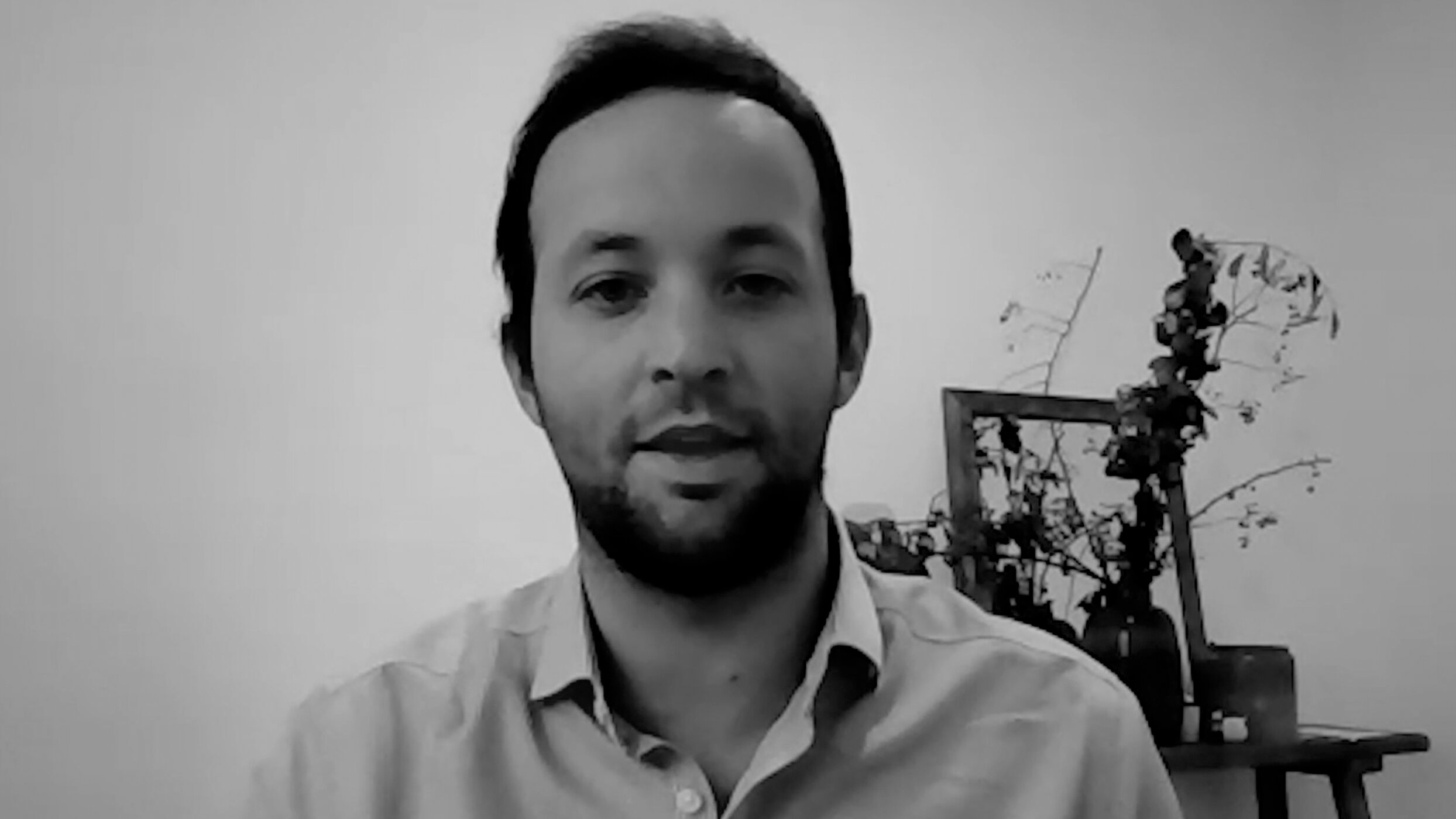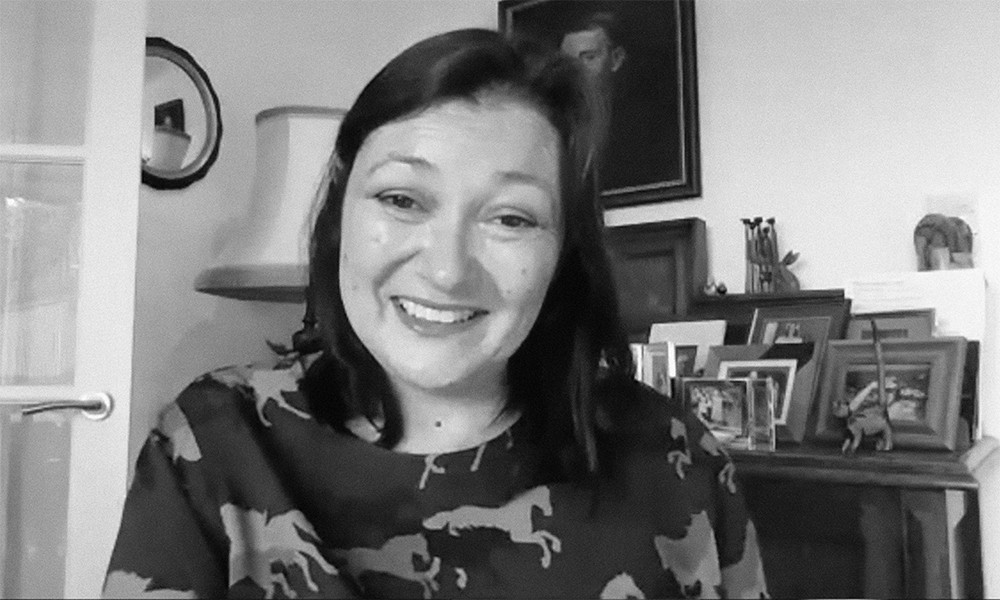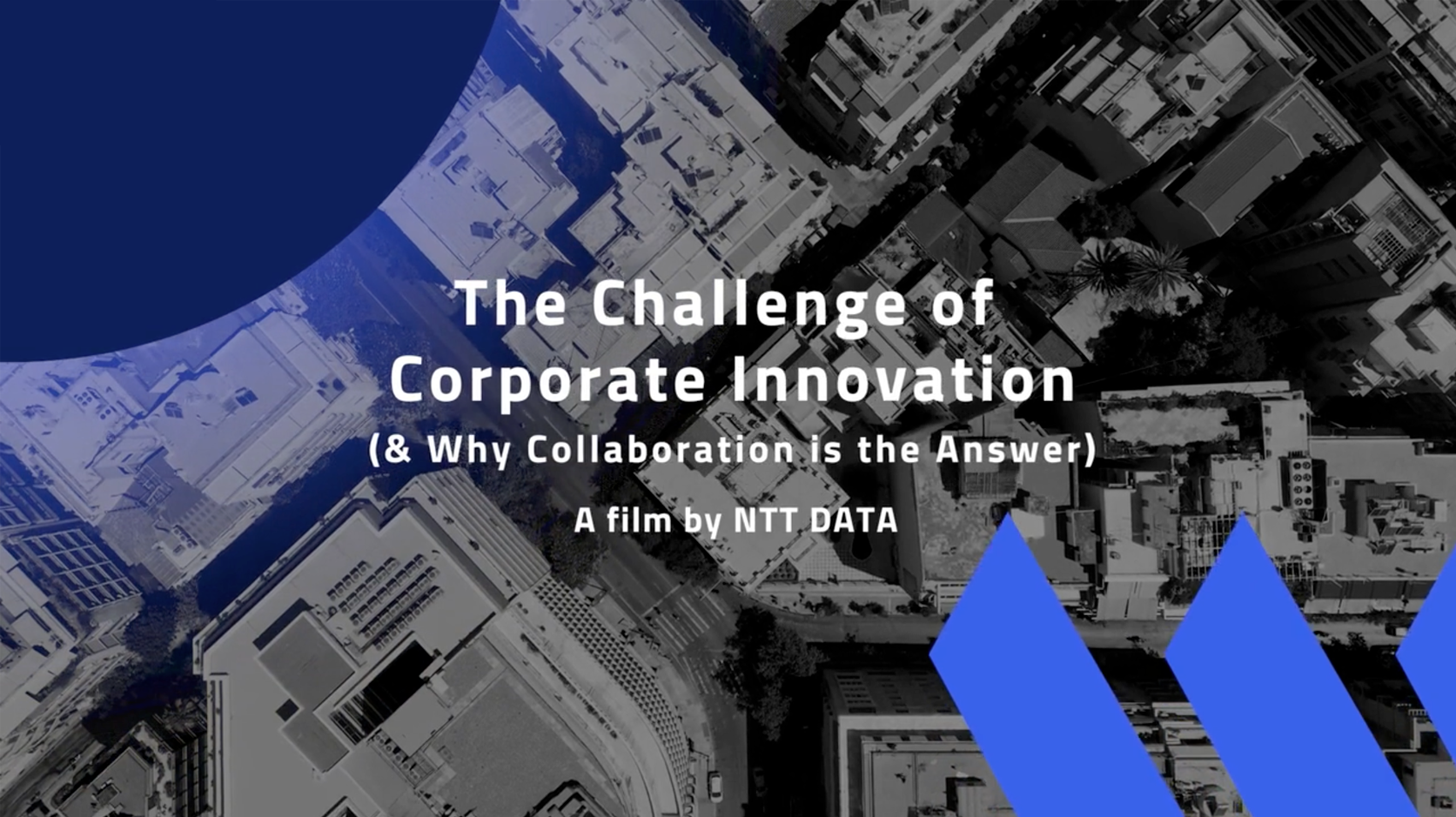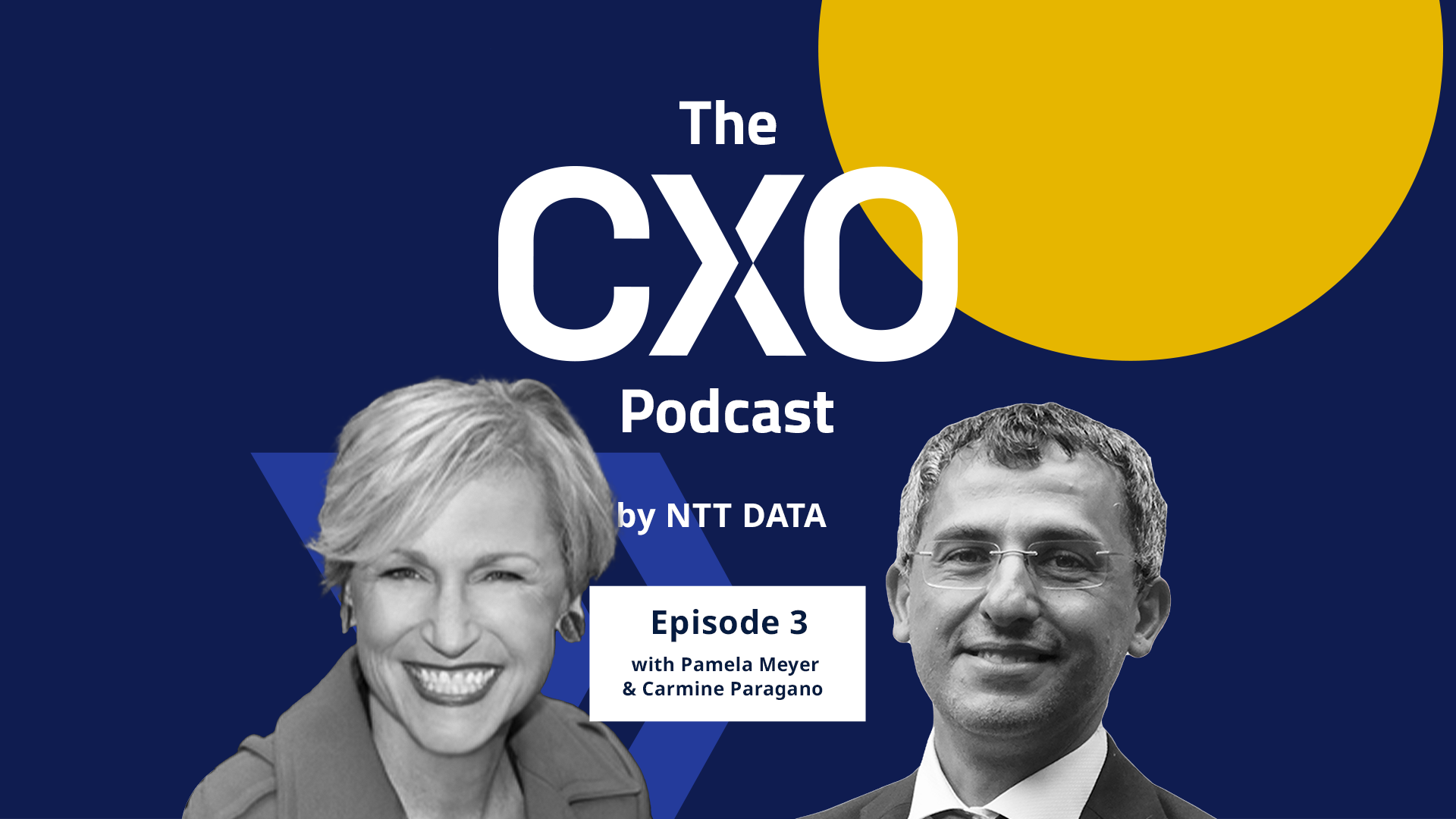
When it comes to navigating the uncertain and unknown, scenario planning is a good starting point. After all, we cannot navigate unfamiliar seas if we don’t at least aim to understand their breadth, depth and tidal patterns first – so surfacing and examining multiple uncertainties is a critical first step.
Future mapping helps managers and organizations to develop ‘prepared minds that will be favored by chance’ (in the language of Louis Pasteur). But it requires an integrated management system which begins by using scenarios to stress-test whether the organization’s current strategies are robust enough to withstand shocks, and concludes with the design of a dynamic monitoring system to help manage the business with leading indicators, rather than relying on rear-view mirrors only.
In fact, there are three strategic subsystems that can help organizations thrive amid chaos. In combination, these can help leaders develop the foresight, resilience and agility needed for navigating their ships through future turbulence.
1: Explore multiple futures
The first step is to explore, in detail, multiple possible futures that may arise. This is the core tenet of scenario planning: an effective tool for helping executives make sense of the complex world they face. The process is used to capture a wide range of uncertainties, then distill them into a few internally consistent, relevant stories that describe alternative futures leaders may face. Business scenarios usually focus on macro and industry uncertainties which a firm cannot control – such as oil prices or new regulations – but can also be more project oriented.
The scenarios allow leaders to rehearse plausible futures before one actually occurs. This primes them to recognize weak signals about impending change sooner.
Scenario planning has multiple benefits. Firstly, the scenarios allow leaders to rehearse plausible futures before one actually occurs. This primes them to recognize weak signals about impending change sooner. Secondly, they encourage contingency planning to help ‘future proof’ the strategy. A third benefit is that scenario planning may challenge executives’ deeply held assumptions – especially if their mental models are outdated. Lastly, they create a common language about the future to help design flexible strategies and create new strategic options.
However, scenario planning processes can fail if managers jump directly from scenarios to specific strategic responses, without taking time to build flexibility into various strategy layers in between. Even though executives know intellectually that the world is uncertain, they may be tempted to bet all on one specific scenario, or pursue strategies that inadvertently lock the organization into tight commitments without an opportunity to adjust to the full range of possibilities envisaged in the scenarios. This failure is overcome in the second phase of our model, which focuses on injecting an appropriate degree of flexibility into the strategy – while still strongly committing to those elements of the strategy that prove to be robust across the scenarios.
2: Create adaptive strategies
It’s important to develop strategies that don’t lock the organization in prematurely or rigidly. Suppose that building a new plant is a brilliant move in a scenario of high growth, but foolish in a world of recession. If so, flexible strategies should be created as well. For example, the plant might be built in stages, contracts could be signed to offload excess capacity if needed, multiple shifts might be run if demand is high, or a partner could be brought in to share the risk. Often opportunities can be created akin to buying a financial call option: the firm pays a small amount of money to get in the game, waits until some uncertainties are reduced, then decides whether to commit fully or pull out. This so-called real-options perspective, which underlies adaptive strategies, can be formalized into a disciplined managed system.
Organizations can create a portfolio of options, such that many small bets are placed to cover a wide range. As in venture funds, several of these bets may fail – but if a few prove to be winners, the strategy may be worth it.
Although flexibility can be gained via real-options analysis within a given project, there are additional approaches as well. Organizations can create a portfolio of options, such that many small bets are placed to cover a wide range. As in venture funds, several of these bets may fail – but if a few prove to be winners, the strategy may be worth it. In addition, organizations can use contingent contracts or hedge investments, and engage in other forms of financially-oriented risk sharing. This need not happen at just the project level, but can be done centrally, in the context of the entire risk profile facing the firm. Superior monitoring and improved peripheral vision are key to properly exercising embedded strategic options as time unfolds.
3: Monitor in real-time
The kind of monitoring system we have in mind here concerns the external world, as opposed to the popular balance scorecards and executive dashboards that measure internal progress (or just the local business environment). The external measures need to be tailored to the scenarios and strategies of the firm, so that they function as an integrated early warning system. Too many information systems rely on concurrent or lagging indicators, since these are easiest to come by. But the real opportunity lies in devising leading indicators that are specific to your strategy and scenarios, so that you will have early intel as to how the world is changing.
The real opportunity lies in devising leading indicators that are specific to your strategy and scenarios, so that you will have early intel as to how the world is changing.
Some of these indicators may be soft and based on management opinions, expert panels or perhaps virtual markets created specifically for this purpose. Advances in information technology and external monitoring permit much more sophisticated approaches than in the past. The basic idea is to enhance the organization’s peripheral vision around the focal strategy so that it won’t be blindsided and can spot opportunities sooner – while being vigilant about not misinterpreting new signals if they don’t fit the organizational mindset.
Organizational agility is key to resilience
The risks and uncertainties that business leaders face today often have greater impacts than in the past, tend to be harder to quantify, and are often correlated in hidden ways which makes them harder to predict, control or mitigate. The challenge therefore is to build organizations that are not only agile in the face of uncertainty, but ones that know how to get stronger after major shocks.
The operating principle is to follow Hegel’s dictum that ‘what doesn’t kill you should make you stronger.’ Just as the human body gets stronger after surviving a new infection, thanks to more and better antibodies, intelligent organizations will do the same. Although this is hard to do, the rewards are well worth the effort since exploring new lands can bring rich opportunities.
As explorer Edward Gibbon noted long ago, ‘the winds are always on the side of the ablest navigators.’ The challenge and opportunity for today’s leaders is learning to navigate turbulence in search of greater treasure, amid shifting winds and treacherous undercurrents.


















































